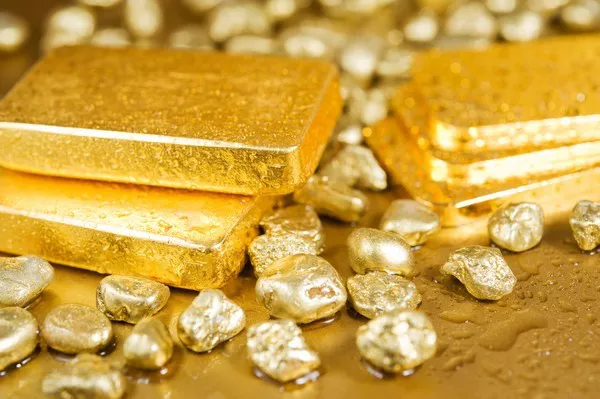Gold prices soared to their highest level in over two weeks, surging by $10 to reach $1,964 per ounce on Wednesday afternoon, marking the fifth consecutive day of gains for the precious metal.
Investors’ appetite for gold has been on the rise, driven by persistent worries about inflation. Gold, traditionally considered a hedge against inflation, is expected to continue its upward trajectory in the near term. Inflation remains more than a percentage point higher than the Federal Reserve’s target rate, despite receding from its peak of over 9% last year. In August, the U.S. consumer price index recorded a substantial 0.6% increase, marking the most significant monthly gain in 2023.
Bullish sentiment surrounding gold has also been reinforced by robust central bank purchases. In the first quarter of 2023, global central banks added an impressive 228 tons of gold to their reserves. This represents the highest rate of gold purchases in a first quarter since data collection began in 2000. These figures follow the record-breaking 1,136 tons of gold bought by central banks in 2022.
Moreover, central banks continued to be net buyers of gold in June and July this year, further fueling the precious metal’s demand. “What is still keeping the gold price supported is solid demand from central banks, which continue to diversify into gold,” noted UBS analyst Giovanni Staunovo, as reported by Mining.com.
The People’s Bank of China (PBoC) has emerged as the most significant buyer of gold year-to-date, with total purchases reaching an impressive 126 tonnes.
The recent resurgence of interest in gold is also having a positive impact on the stock prices of junior miners and explorers. The VanEck Junior Gold Miners ETF (NYSE:GDX) (GDXJ), often regarded as the benchmark for the junior gold sector, has witnessed a notable gain of more than 5% over the past month. As gold continues to shine in the face of inflation concerns and central bank buying, market participants remain watchful of its evolving trajectory in the weeks ahead.

